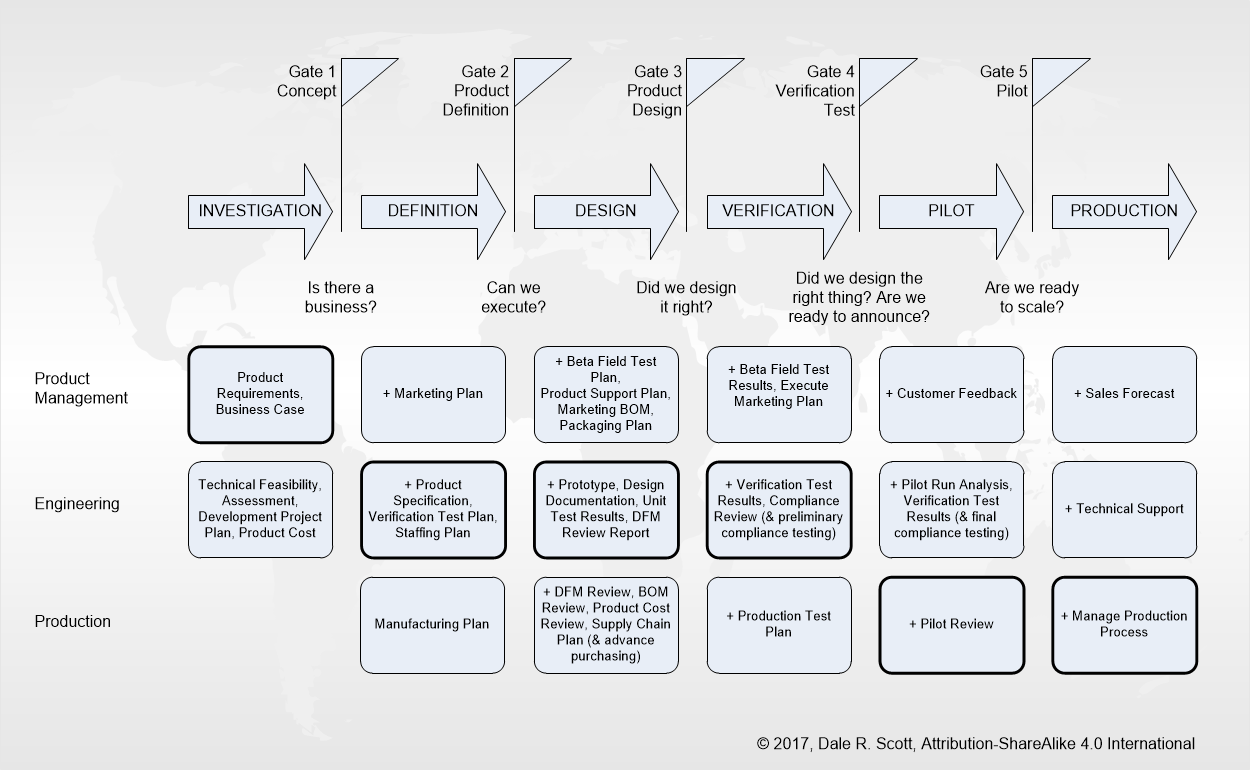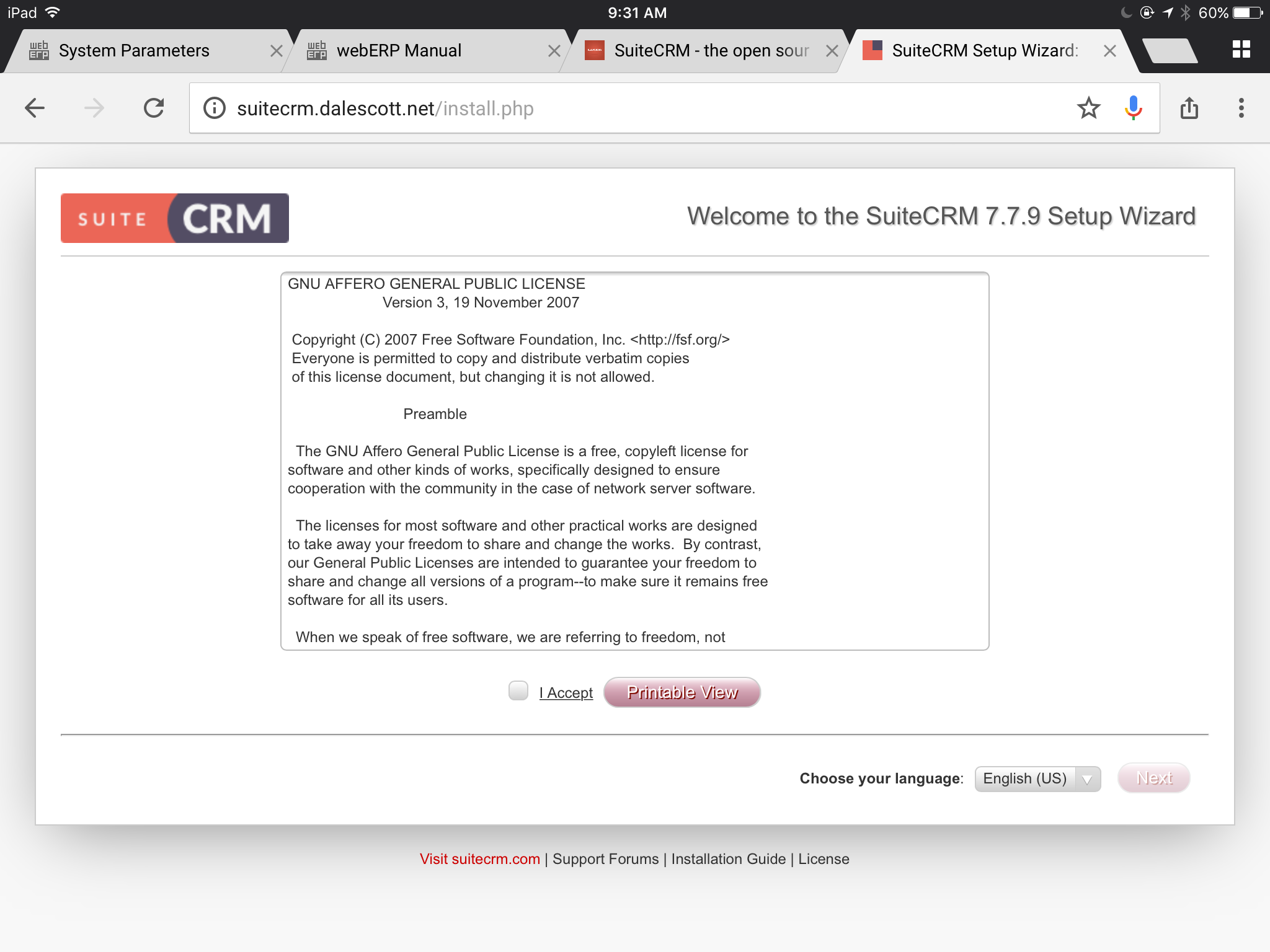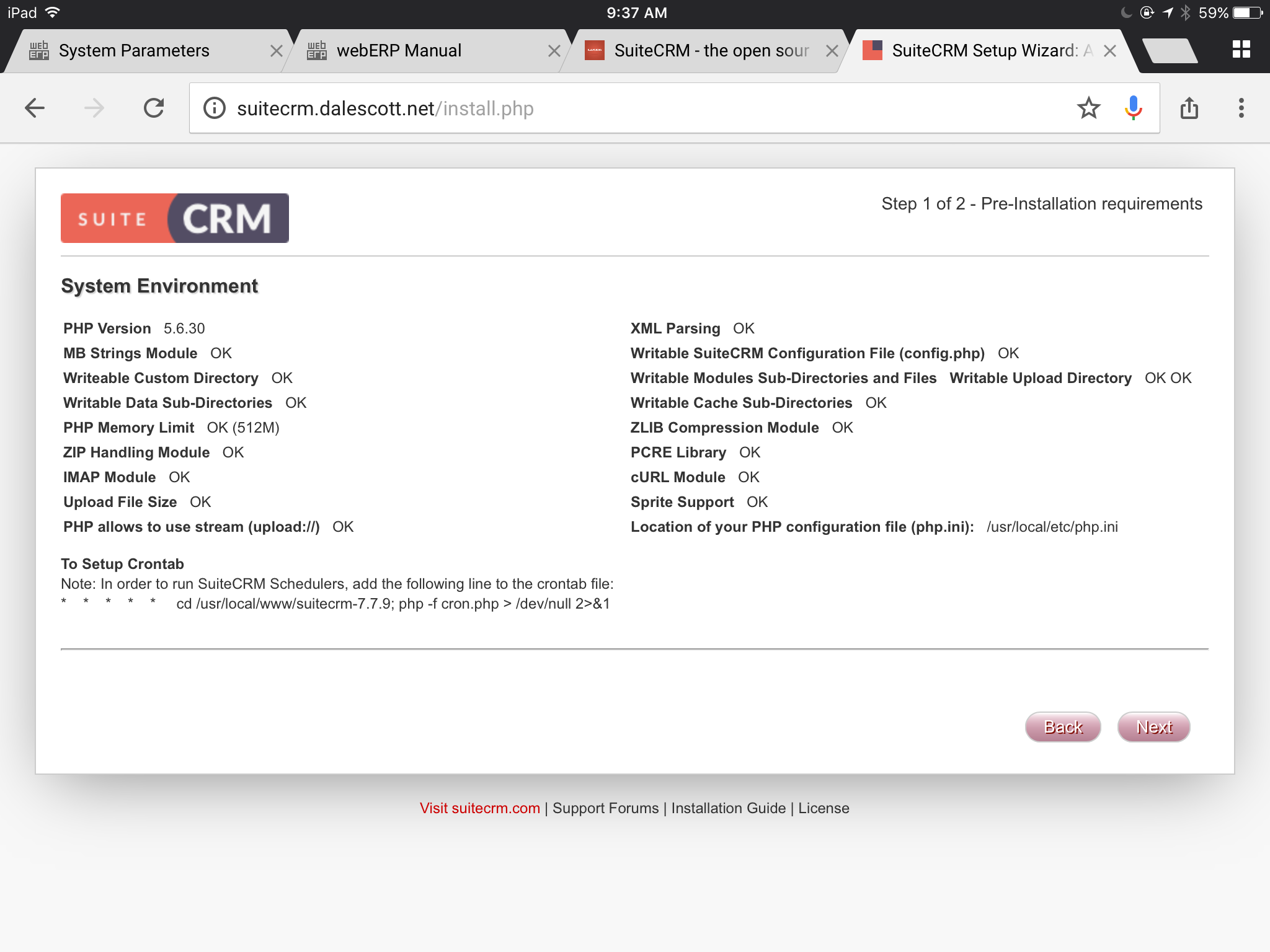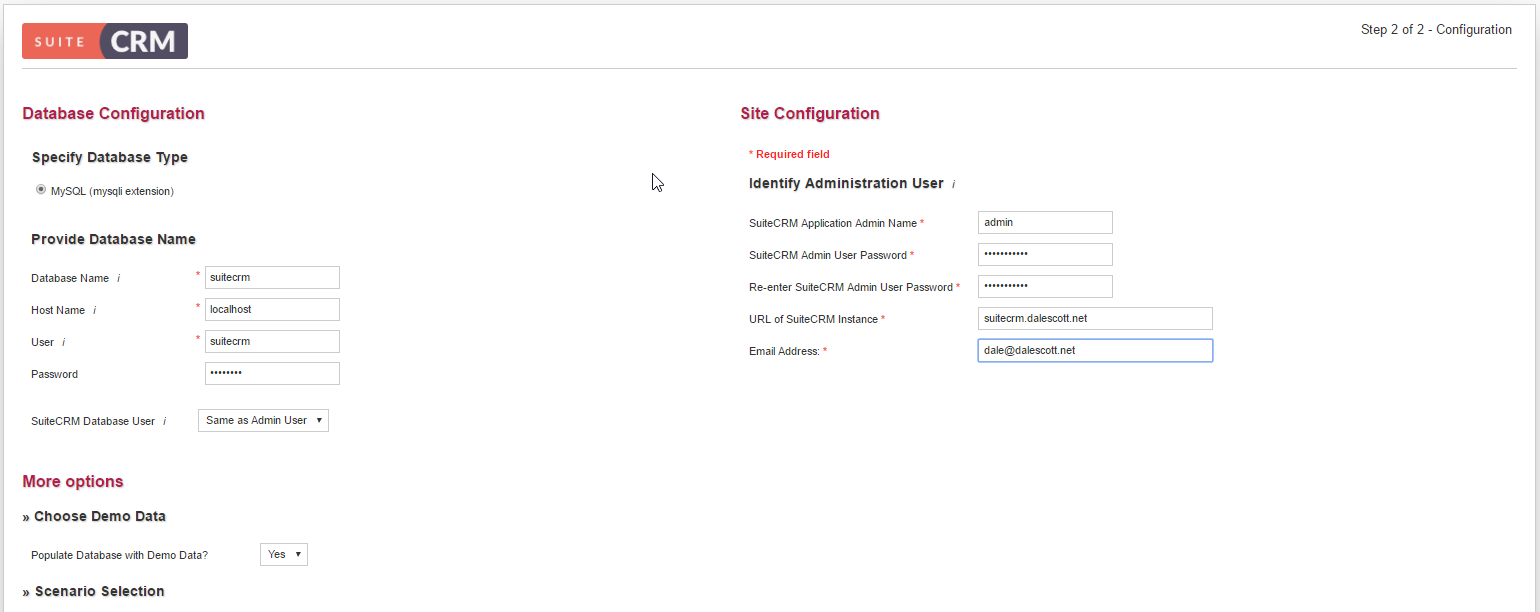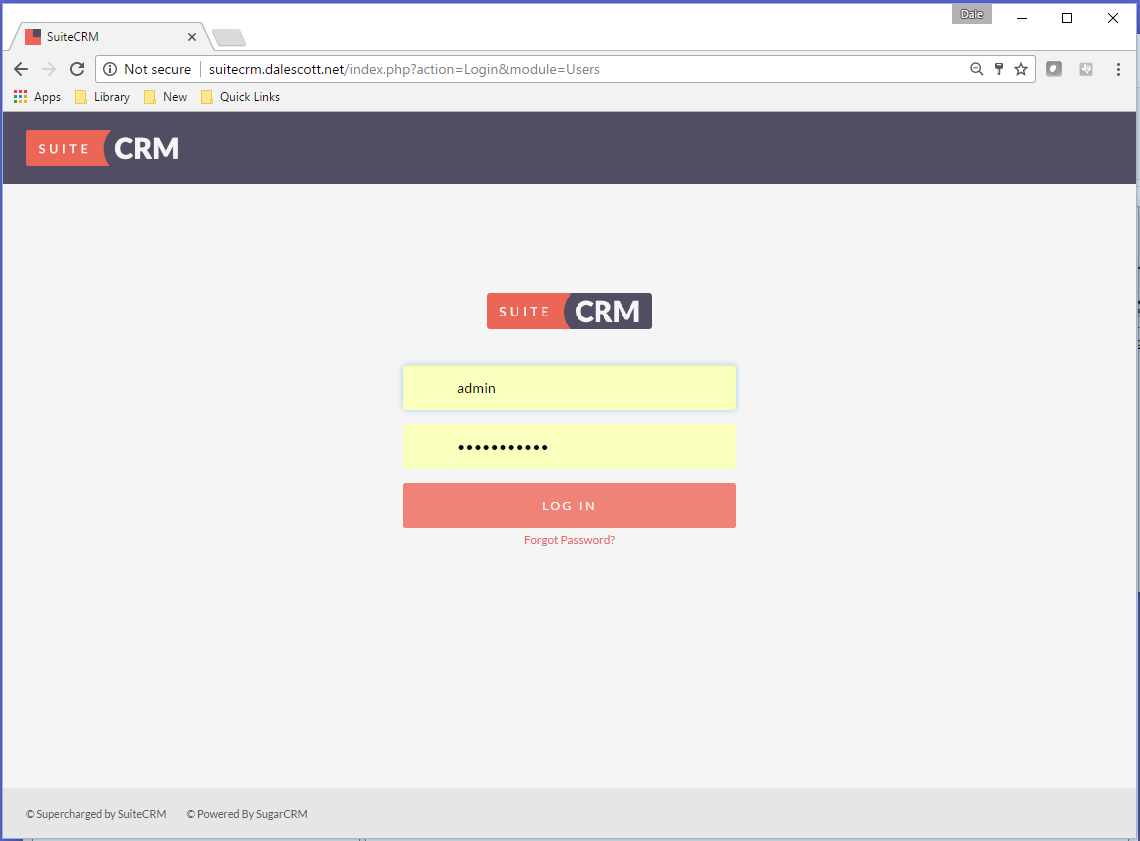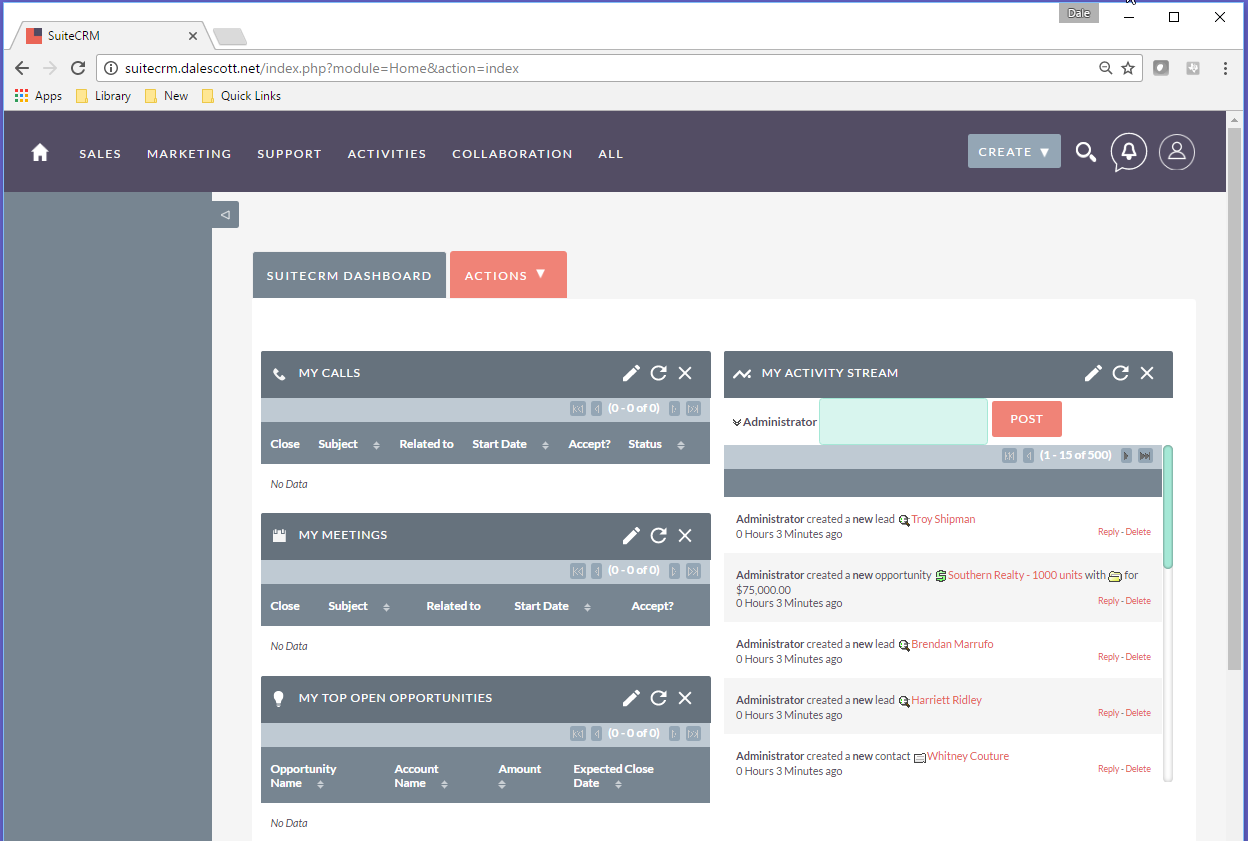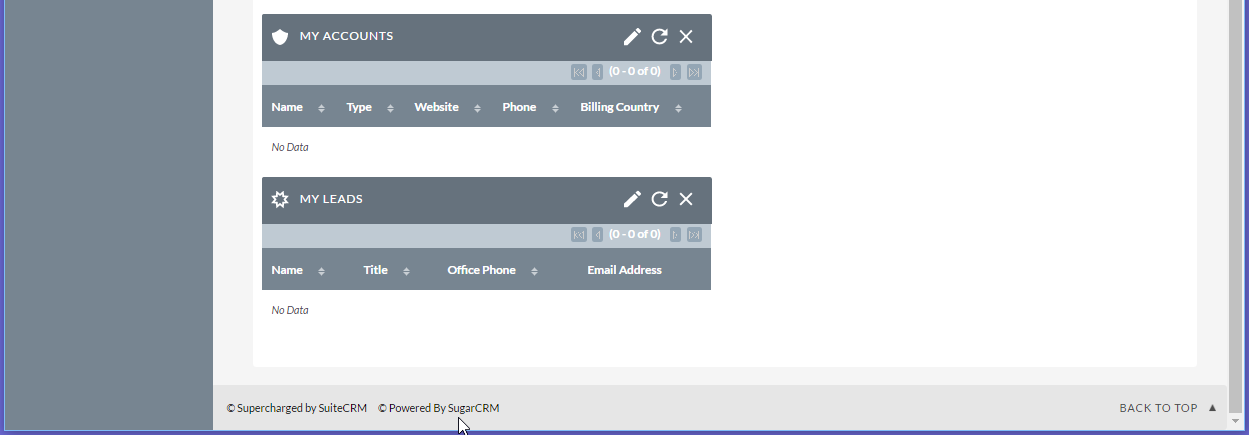I’m commuting again and listening to podcasts for current tech trends.
- FLOSS Weekly is interviews with free and open source project leaders. The host is Randall Schwartz, co-author of several popular books on Perl (the correct answer to the final interview question is Perl and Emacs).
- Software Engineering Radio is an interview show sponsored by IEEE Software Magazine. Topics are largely technical, and the discussion can follow the rabbit hole down pretty deep sometimes.
- The Changelog bills itself as “A weekly conversation that gets to the heart of open source technologies and the people who create them.” I recently added this back to the mix after an extended absence and now seems to concentrate more on social aspects of the craft than purely technical.
- The Stack Overflow Podcast is another return to the rotation after an extended absence, and is a mixed bag conversation of technical and social topics.
- BSD Talk is interviews with people active in the BSD or general unix community, many recorded at a BSD conference, and largely technical.
- BSD Now is another BSD oriented podcast, this one sponsored by IX Systems whose roots can be traced back to the beginning (4.3BSD Networking Release 2).
- Embedded.fm is a discussion and interview program concentrating on embedded devices and firmware development.
- The Amp Hour is the arch nemesis of Embedded.fm, providing discussion and interviews relating to embedded devices from a hardware perspective.

